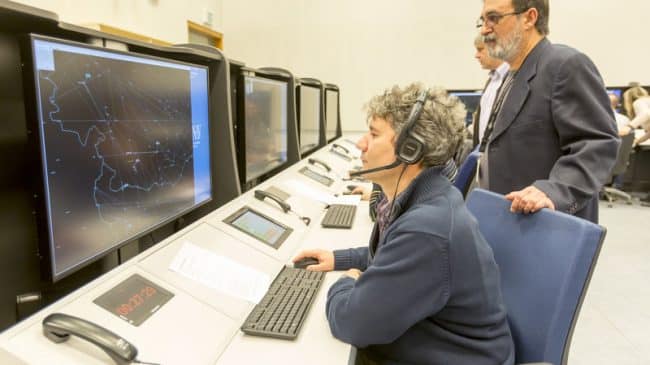The aviation community is debating fundamental restructuring of the air traffic control system. Those who portray the problem as simply unstable and inadequate funding would leave major problems unresolved-problems of governance and of culture. Those two problems share the blame for the Federal Aviation Administration’s chronic difficulties in delivering new technologies and procedures, and shutting down obsolete facilities and equipment.
Here is how the three problems are linked together. The FAA’s Air Traffic Organization (ATO) is a high-tech 24/7 service business trapped inside a federal regulatory bureaucracy. Its organizational culture is highly status-quo oriented, in sharp contrast to the innovative, entrepreneurial corporate cultures of the Boeings and Honeywells of the world. They continually innovate, but are prevented from making risky trade-offs by arm’s-length safety regulation by the FAA.
Over the last two decades, more than 60 air traffic control (ATC) providers in other countries have been separated from their government safety regulators, and set up as self-supporting corporate entities regulated at arm’s length for safety. This is not only commonsense, good-government policy; it is also the recommended practice of the International Civil Aviation Organization. The USA is just about the only developed country that has failed to make this important policy change.
Besides shifting to arm’s-length safety regulation, the other critically important change is one of governance. The ATO today reports to far too many overseers: the FAA Administrator, the Department of Transportation Secretary, the Office of Management & Budget, the Government Accountability Office, the Department of Transportation Inspector, six congressional committees directly, and in practice all 535 members of Congress. Senior managers spend a very large fraction of their time responding to all those overseers rather than focusing on meeting the needs of their real customers: the people who fly planes using the ATC system.
It will be impossible to change this governance model as long as the ATO depends on tax money that must be authorized and appropriated each year by Congress. The 60 corporatized ATC providers get paid directly by their aviation customers. That insulates them completely from their governments’ budgets, and also enables them to issue revenue bonds based on their revenue stream, just as airports and public utilities do.
But user funding also means that governance properly shifts from the current array of agencies and legislators to the customers and other aviation stakeholders. A good example is the stakeholder board of directors of nonprofit Nav Canada, which includes board members representing airlines, business aviation, controllers, and other key stakeholders. Under the self-supporting ATC corporation model, the funds are no longer “taxpayers’money”; they are provided instead by the customers. So it is the customers and other stakeholders, as members of the governing board, who provide the oversight.
Thus, the three key reforms Congress should enact are (1) to shift the funding from aviation taxes to direct fees for ATC services, (2) to remove the ATO from the FAA, to bring about arm’s-length safety regulation, and (3) to entrust governance of the self-supporting ATO to a board of directors representing key ATC stakeholders.

